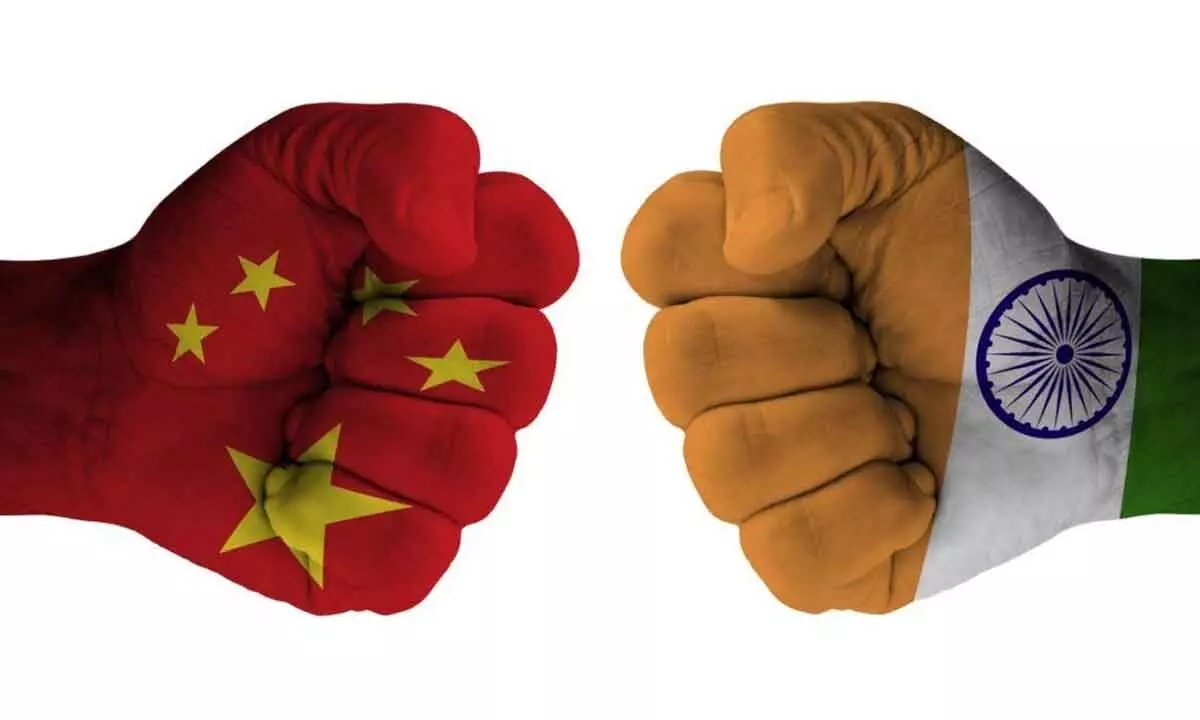India working towards achieving the ‘the factory of the world’ tag
China manufactures at scale, while most factories in India are small and midsize due to the thrust on SMEs
image for illustrative purpose

India already has the production capacity to achieve its goal of becoming the world’s auto manufacturing hub. In 2023, the total production volume of vehicles in India was around 25.93 million units – a notable increase from the previous year. China – the world’s biggest auto manufacturer right now, produced close to 30 million vehicles last year
India has made no secret of its desire to become a manufacturing powerhouse to rival China as the ‘factory of the world’. However, there are number of factors that need to be considered when examining the possibilities of realising the aspirations.
One of these is the rising indebtedness of the Indian government and its ability to support efforts to expand manufacturing. According to a poll of economists undertaken by Reuters, the Indian government is borrowing a record 16 trillion rupees in fiscal 2023/24 and its gross indebtedness has more than doubled in the past four years.
It has experienced strong manufacturing growth in the past few years, but it can be viewed as emerging region growth, rather than the growth seen in more mature markets like Germany or the US.
As India matures as a manufacturing base, this could start to fade in a way similar to the trajectory seen in Brazil, where lots of efficiency gains and entry into new markets inflated growth to eventually fall back.
India has a large labour pool, a long history of manufacturing and an overwhelming government support for boosting industry and exports. Because of this, many are exploring whether Indian manufacturing is a viable alternative to China, particularly as the former has a history of protectionism, which makes it less competitive in terms of attracting large investments.
China manufactures at scale, while most factories in India are small and midsize due to federal regulations and protections designed specifically for SMEs
While India looks set to make ground in the electronics equipment market, this is unlikely to include semiconductors, and a 10% increase in output in the sector still represents less than 0.5% overall in terms of India’s total manufacturing output. The country has a very strong metal industry, led by global giant Tata Steel, and, looking at the MIO, there is certainly room to grow in sectors such as the chemical and pharmaceutical industry. However, even in industries where it can be seen to be competing, it still lags massively behind China. For instance, China’s apparel and fashion segment is worth over $500bn and accounts for almost 3/4 of global output, compared with just 3.5% ($24bn) for India.
According to data provided by Jato Dynamics, Maruti Suzuki achieved a new milestone by exporting 2,61,700 passenger vehicles, including cars and SUVs. Similarly, Volkswagen reported a 29 per cent growth in exports, while Skoda’s exports soared by 431 per cent to 1,530 units last year, which also saw sale of a record number of vehicles domestically.
As per industry estimates, about 4.5 million passenger vehicles were sold in the local market in the last calendar year, an increase of around 8.2 per cent as compared to sales of 3.79 million units in 2022. Maruti Suzuki accounted for nearly 40 per cent of the sales, while Hyundai Motor India sold 6,00,000 cars domestically – a record for the company.
India already has the production capacity to achieve its goal of becoming the world’s auto manufacturing hub. In 2023, the total production volume of vehicles in India was around 25.93 million units – a notable increase from the previous year. China – the world’s biggest auto manufacturer right now, produced close to 30 million vehicles last year. The gap of about 4 million is not insignificant, but it is also not unassailable for India over the next five years.
There are several factors working to India’s advantage. First, the regulatory norms are now almost completely in sync with global standards – the result of a sustained governmental push. Second, ‘Made in India’ vehicles are ready to use almost instantly for foreign consumers and need minimum adaptation for export markets. Low-cost manufacturing, arbitrage in labour costs, availability of skilled manpower and a well-developed supplier base offering carmakers a competitive cost advantage are among the other factors working to its advantage.
The future of India’s automobile sector looks promising. As incomes continue to rise and the economy gains further momentum, the car market stands to benefit significantly. The fact that Indian manufacturers are keen to export their vehicles around the world bodes well for the country’s goal of becoming a global manufacturing hub.
Between 2023 and 2028, machinery production (as a sub-sector of manufacturing) is expected to grow faster than the manufacturing sector overall.
In the Americas, machinery production will grow at a CAGR of 3.8% compared with just 2.4% for manufacturing production. In Asia, the sectors will grow at 3.9% and 2.9% respectively and in Europe 3.6% and 2.4%. However, growth will be negative for machinery production, before returning to positive figures in 2025 and maintaining sustained growth up to 2028.

